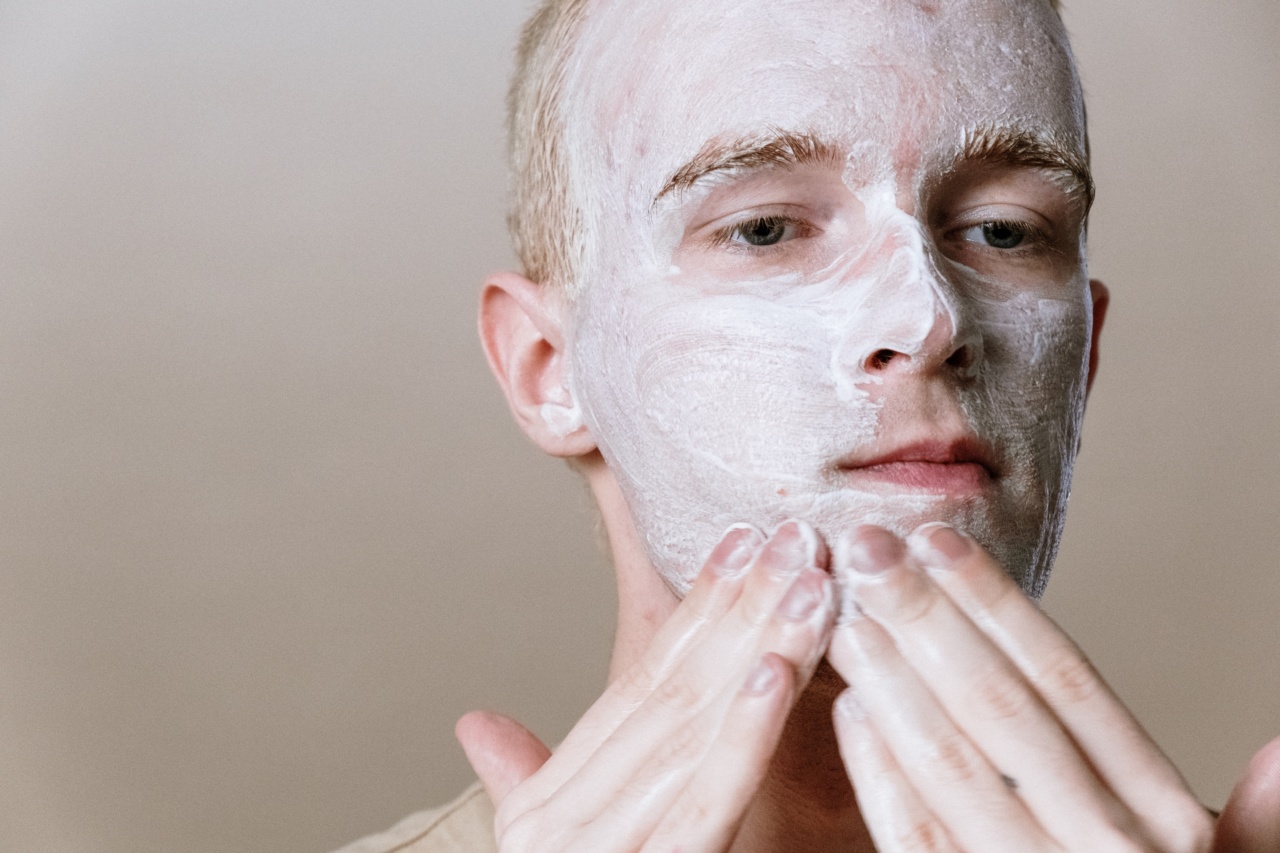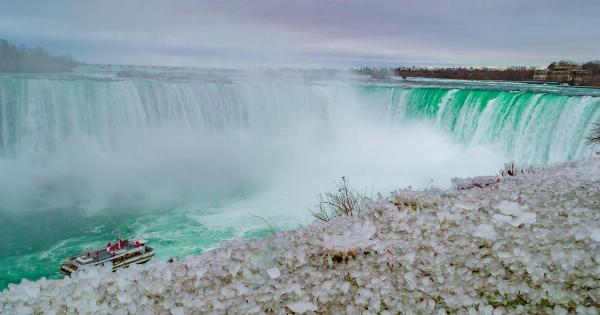Facial cleansing is an essential step in any skincare routine, but have you ever wondered about the importance of the temperature of the water you use? Believe it or not, the temperature of the water can greatly impact the effectiveness of your facial cleansing and overall skin health. In this ultimate guide, we will delve into the different temperatures and their benefits for facial cleansing. Whether you prefer using warm water, cold water, or somewhere in between, we’ve got you covered!.
Why is facial cleansing important?
Before we dive into the different temperature options, it’s crucial to understand why facial cleansing is a vital part of your skincare routine.
Our face is exposed to various environmental pollutants, bacteria, dirt, and makeup throughout the day, and these impurities can clog pores and lead to breakouts, dullness, and even premature aging.
By cleansing your face regularly, you remove these impurities, allowing your skin to breathe and function optimally.
Proper facial cleansing also prepares your skin for better absorption of other skincare products, such as serums and moisturizers, maximizing their effectiveness.
The Impact of Warm Water
Using warm water for facial cleansing has its own unique benefits. Warm water helps to open up the pores, allowing for a deeper cleanse.
The heat also helps to soften the skin, making it easier to remove any debris and excess oil that may be trapped within the pores.
When using warm water, make sure it’s not too hot to avoid damaging or irritating the skin. A lukewarm temperature is ideal for most skin types.
If you have sensitive or dry skin, it’s best to stick to warm water instead of hot water, as hot water can strip the skin of its natural oils, leading to dryness and irritation.
The Cooling Effect of Cold Water
Cold water, on the other hand, can provide a refreshing and toning effect on the skin. When you splash your face with cold water, it helps to shrink the appearance of pores temporarily, giving your skin a smoother and more refined look.
Cold water is particularly beneficial for those with oily or acne-prone skin. The cool temperature helps to reduce inflammation and redness, soothing irritated skin and preventing excessive oil production.
It also tightens the skin, making it less likely for dirt and bacteria to enter the pores.
The Benefits of Lukewarm Water
If you’re unsure about whether to use warm or cold water, lukewarm water is a safe bet. Lukewarm water provides a balance between the benefits of both warm and cold water.
Using lukewarm water ensures that the skin isn’t excessively dried out or stripped of natural oils. It helps to effectively remove impurities while maintaining the skin’s moisture levels.
Lukewarm water is generally suitable for all skin types, making it a versatile option.
Consider Your Skin Type
While warm, cold, and lukewarm water all offer their own advantages, it’s important to consider your specific skin type when choosing the right temperature for facial cleansing.
For oily or acne-prone skin, cold water is a great option as it helps to control oil production and reduce inflammation. People with dry or sensitive skin may find warm water more soothing and less drying.
Lukewarm water is generally a safe choice for all skin types, as it provides a gentle yet effective cleanse without causing excessive dryness or irritation.
The Role of Seasonal Changes
It’s also worth noting that the optimal water temperature for facial cleansing can vary depending on the season. During the colder months, when our skin tends to be drier, using warm water can be beneficial in preventing further dryness.
In contrast, during hot and humid seasons, cold water can provide a refreshing and cooling effect on the skin, making it a popular choice.
Final Thoughts
The temperature of the water you use for facial cleansing can significantly impact your skin’s health and appearance. While warm water opens up the pores and facilitates a deeper cleanse, cold water tightens the skin and reduces inflammation.
Lukewarm water provides a gentle and balanced option for most skin types.
Ultimately, choosing the right temperature comes down to personal preference and your specific skin needs. Experimenting with different temperatures can help you determine what works best for you.
Just remember to always be gentle when cleansing and never use water that is too hot or too cold.































